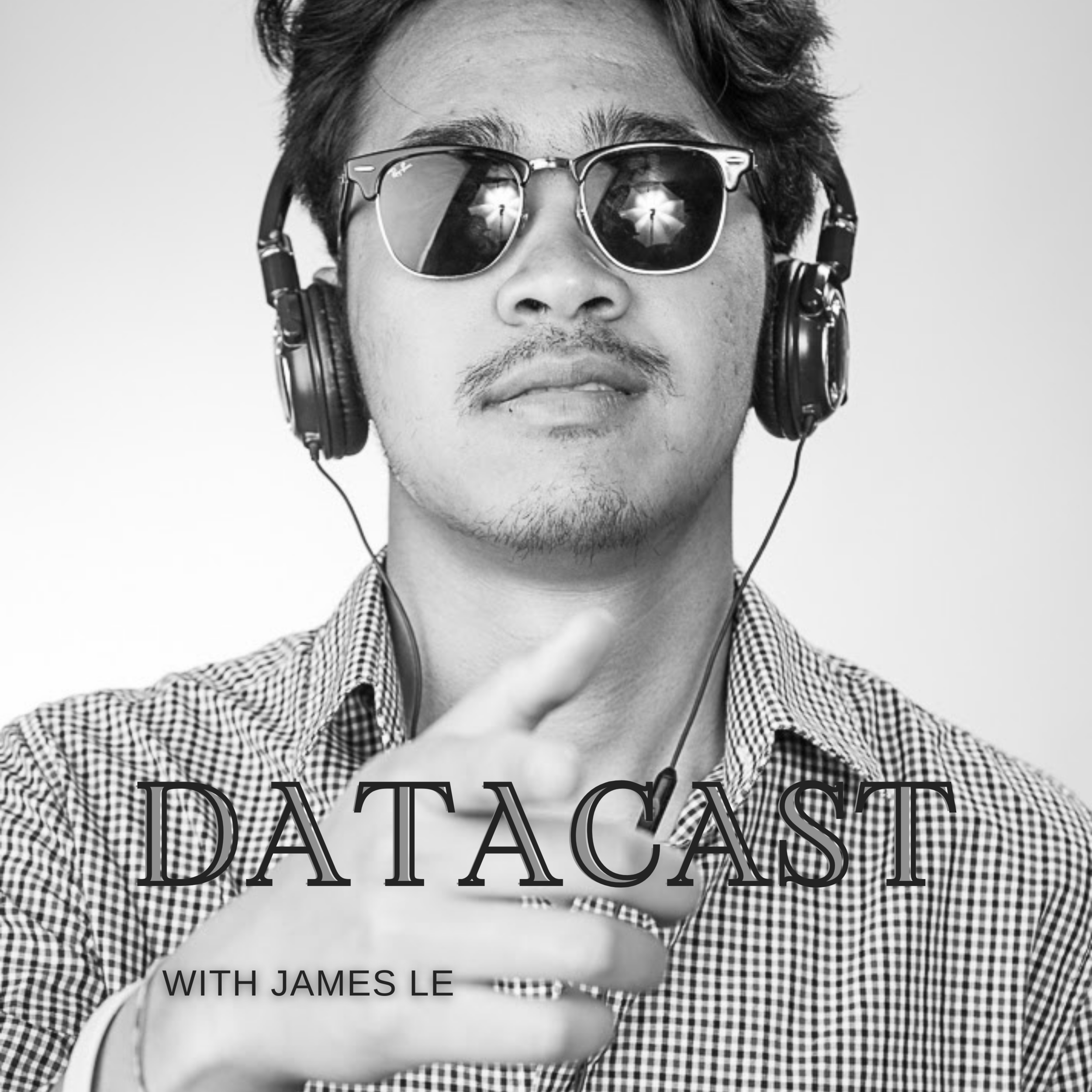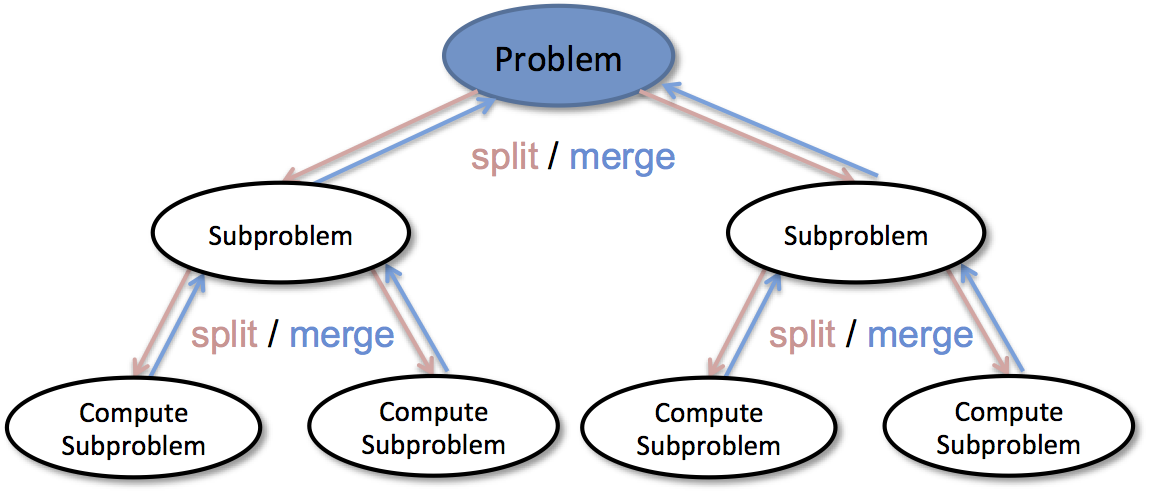Dzejla Medjedovic earned her Ph.D. in the Applied Algorithms Lab of the Computer Science department at Stony Brook University in 2014. Dzejla has worked on a number of projects in algorithms for massive data, taught algorithms at various levels, and spent some time at Microsoft. Dzejla is passionate about teaching, promoting computer science education and technology transfer. She now works as an assistant professor of Computer Science at the International University of Sarajevo.
Datacast Episode 53: Algorithms and Data Structures In Action with Marcello LaRocca
Marcello La Rocca is a research scientist and a full-stack engineer. He works as a consultant, creating large-scale web applications and machine learning infrastructure. He has gained invaluable experience at Twitter, Microsoft, and Apple - working on applied research in academia and industry. His work and interests focus on graphs, optimization algorithms, genetic algorithms, machine learning, and quantum computing.
Biologically-Inspired AI: Ant Colony Optimization, Bats, and Flower Pollination Algorithms
There have been significant advances in recent years in the areas of neuroscience, cognitive science, and physiology related to how humans process information. This semester, I’m taking a graduate course called Bio-Inspired Intelligent Systems. It provides broad exposure to the current research in several disciplines that relate to computer science, including computational neuroscience, cognitive science, biology, and evolutionary-inspired computational methods.
Biologically-Inspired AI: Differential Evolution, Particle Swarm Optimization, and Firefly Algorithms
There have been significant advances in recent years in the areas of neuroscience, cognitive science, and physiology related to how humans process information. This semester, I’m taking a graduate course called Bio-Inspired Intelligent Systems. It provides broad exposure to the current research in several disciplines that relate to computer science, including computational neuroscience, cognitive science, biology, and evolutionary-inspired computational methods. In an effort to open-source this knowledge to the wider data science community, I will recap the materials I will learn from the class in Medium. Having some knowledge of these models would allow you to develop algorithms that are inspired by nature to solve complex problems.
Biologically-Inspired AI: Genetic Algorithms
There have been significant advances in recent years in the areas of neuroscience, cognitive science, and physiology related to how humans process information. This semester, I’m taking a graduate course called Bio-Inspired Intelligent Systems. It provides broad exposure to the current research in several disciplines that relate to computer science, including computational neuroscience, cognitive science, biology, and evolutionary-inspired computational methods.
Biologically-Inspired AI: Optimization and Local Search
There have been significant advances in recent years in the areas of neuroscience, cognitive science, and physiology related to how humans process information. This semester, I’m taking a graduate course called Bio-Inspired Intelligent Systems. It provides broad exposure to the current research in several disciplines that relate to computer science, including computational neuroscience, cognitive science, biology, and evolutionary-inspired computational methods.
Demystifing Graph Algorithms
Greedy Algorithm and Dynamic Programming
In an algorithm design there is no one 'silver bullet' that is a cure for all computation problems. Different problems require the use of different kinds of techniques. A good programmer uses all these techniques based on the type of problem. In this blog post, I am going to cover 2 fundamental algorithm design principles: greedy algorithms and dynamic programming.










